Hans Christian Hansen
Nyborggade Transformerstation
1966–1968
While remaining unfashionably faithful to the architectural elements that made up his earliest, original projects, Hans Christian Hansen never stopped changing the way he applied them. Contrary to the eventful Hanssted School and Ringbo Nursing Home, his final buildings are silent and enigmatic, none more so than Svanemøllen.
Hansen’s dense web of verticals across the elevation is immediately recognizable; we have seen it elsewhere in bronze, concrete and painted wood. No doubt this repeated pattern represents a translation of sorts of the modular nature of Hansen’s architecture, though I also read into it a reference to the gothic and, more specifically, to the ruskinian neo-gothic of P.V. Jensen-Klint. As such, we are looking at that rare bird in modern architecture, the personal voice, all the more surprising in Hans Christian Hansen’s case since he was a mere job architect, working for the municipality.
Evidently, Svanemøllen is repetition with a difference. Gone is the careful craft of the facade of his Nyborggade neighbour and in its place an endless pattern of cheap pressure-treated wood envelopes the structure. tempting as it is to see the changes in Hansen’s approach as the reflection of a personal development, I suspect he was responding to outside circumstances. The sixties saw building cost accelerate to a point which finally brought about the industrialized construction, modernists had preached and promised for decades. Wages played a significant part in this, but so did demands for better performing building parts, not least in terms of insulation.
We are still caught up in these violent changes to our trade, struggling to make sense of the loss of craft and to tame the fundamental inhumanity of industrial production, all while aiding our clients in milking it for every penny of profit possible. At Svanemøllen, we meet Hansen at the point of inception, only eight years after the neat brick infill of Nyborggade, and his response is less of a mystery than the blind facade would have you think.
The wood here is neither cladding nor part of the supporting frame. Rather, it is the actual shuttering which the concrete walls were cast against, left in place – the process quite literally becoming the architecture. The layers of Svanemøllen’s exterior walls are – from the outside – wood shuttering, left in place; tar paper; hard insulation batts; concrete. The inside formwork was dismantled as it played no part in fastening or protecting the insulation.
Current demands for insulation and the overall performance of the building envelope have effectively divorced the cladding of a building from its structure, forcing architects to play post-modern games with their facades, often against their own will. Modernism had nothing to hide, but architecture today is often all skin, no bones – the structural order of a building hidden in shame behind images of perceived correctness formed in thin sheet metal or similar materials. Hans Christian Hansen, at the brink of this development, appears to be telling us that a careful look at the process of construction may rescue the integrity of the facade yet, providing us with alternatives to mere cladding.
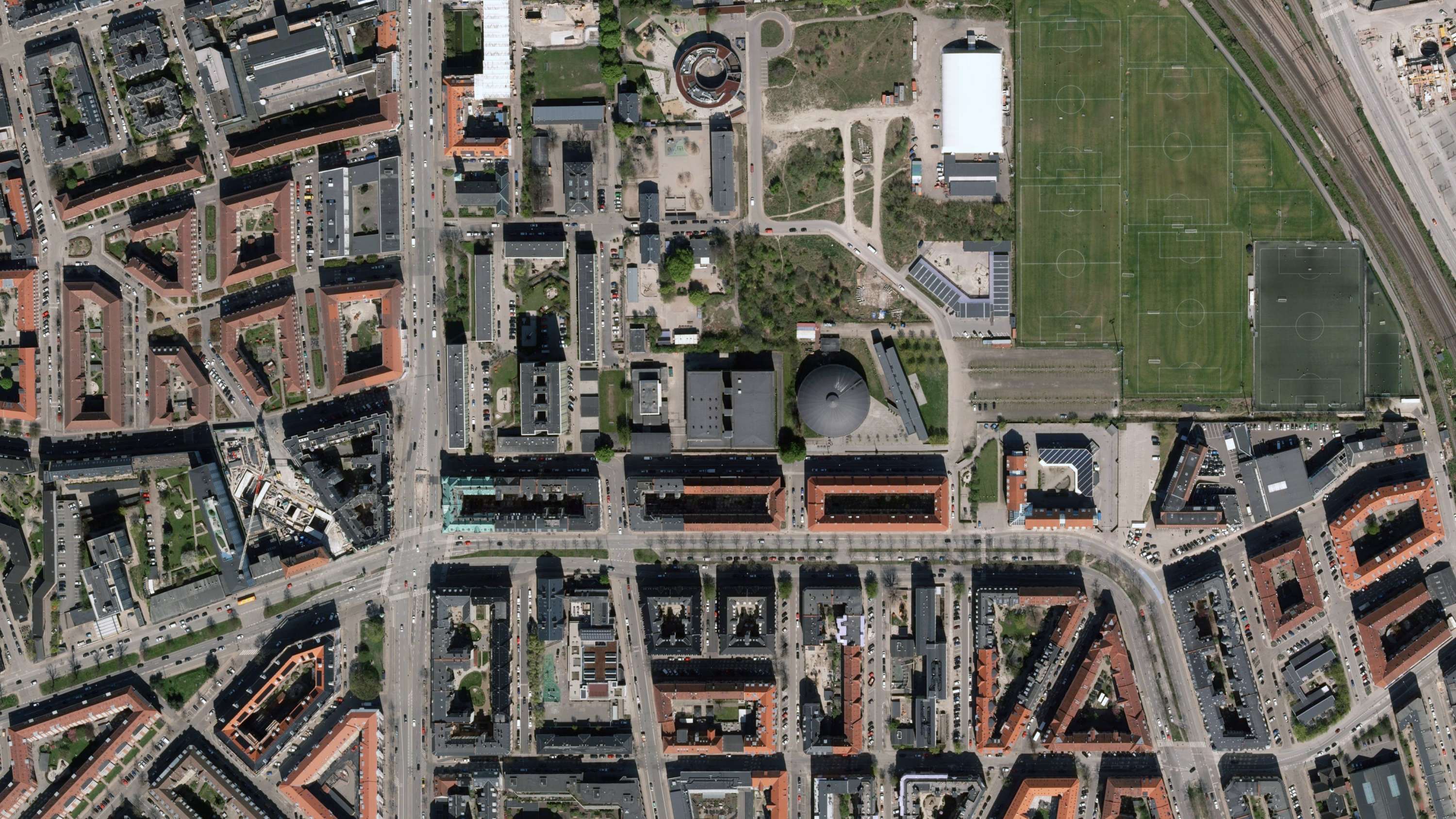
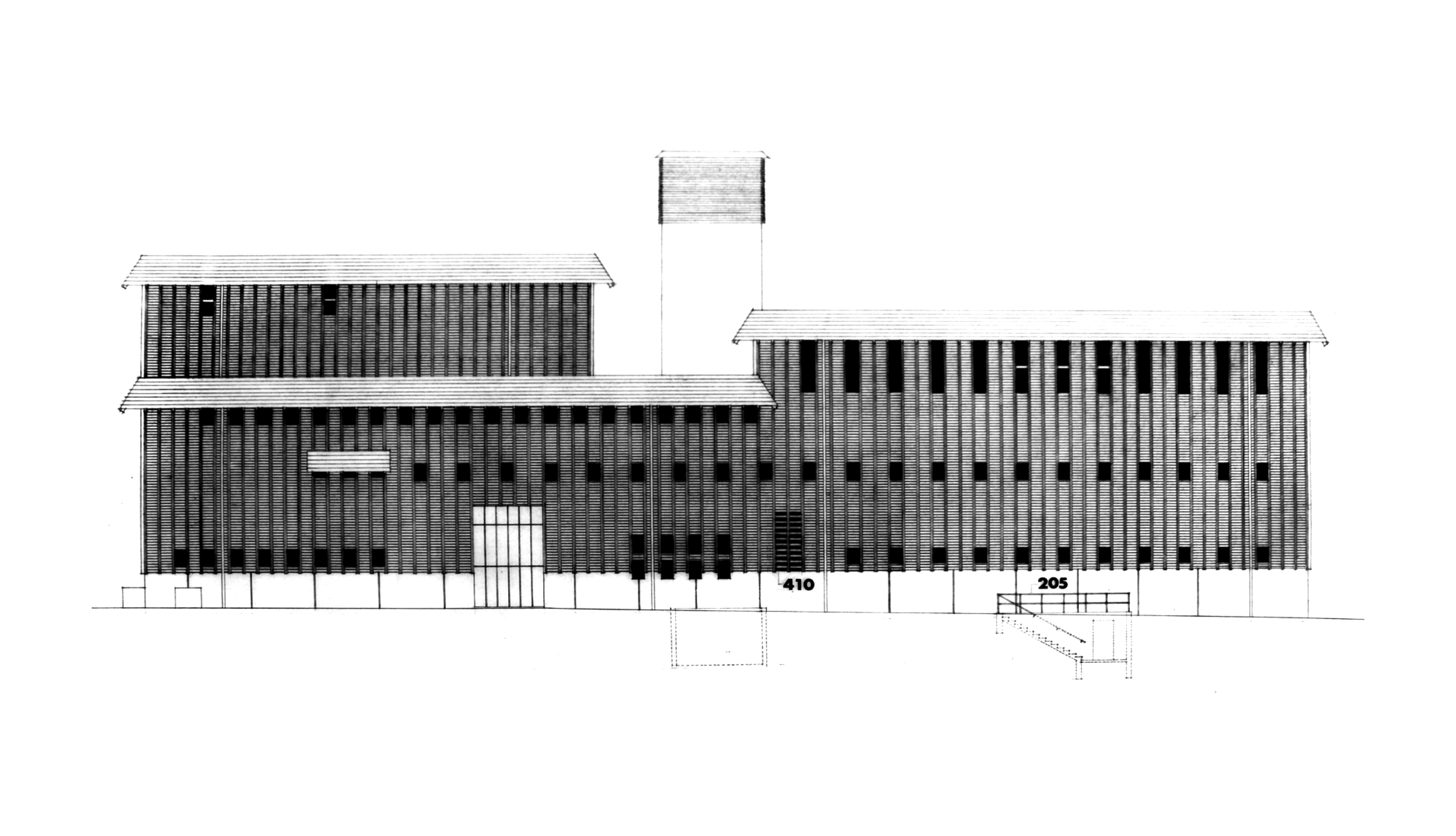
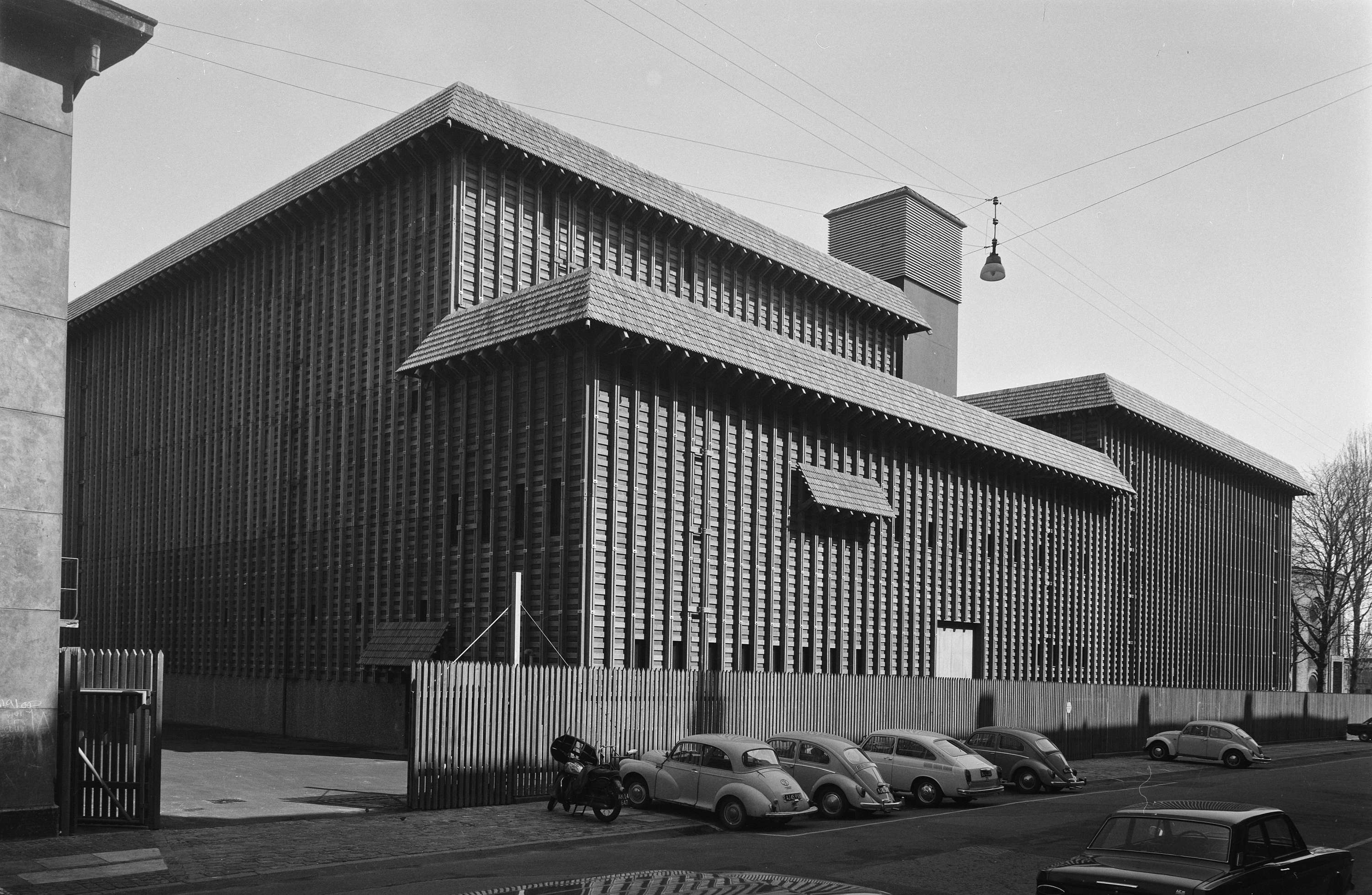
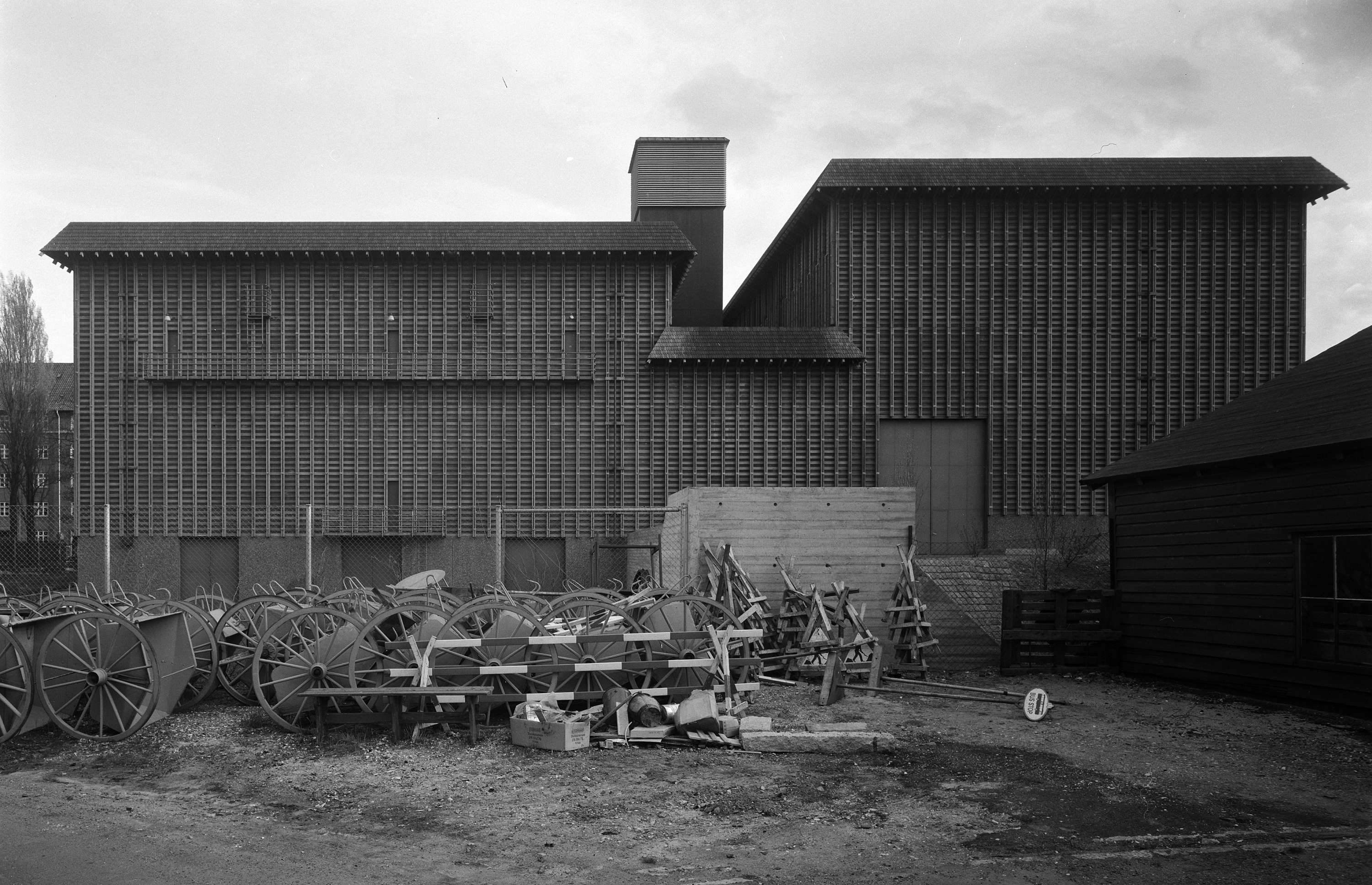
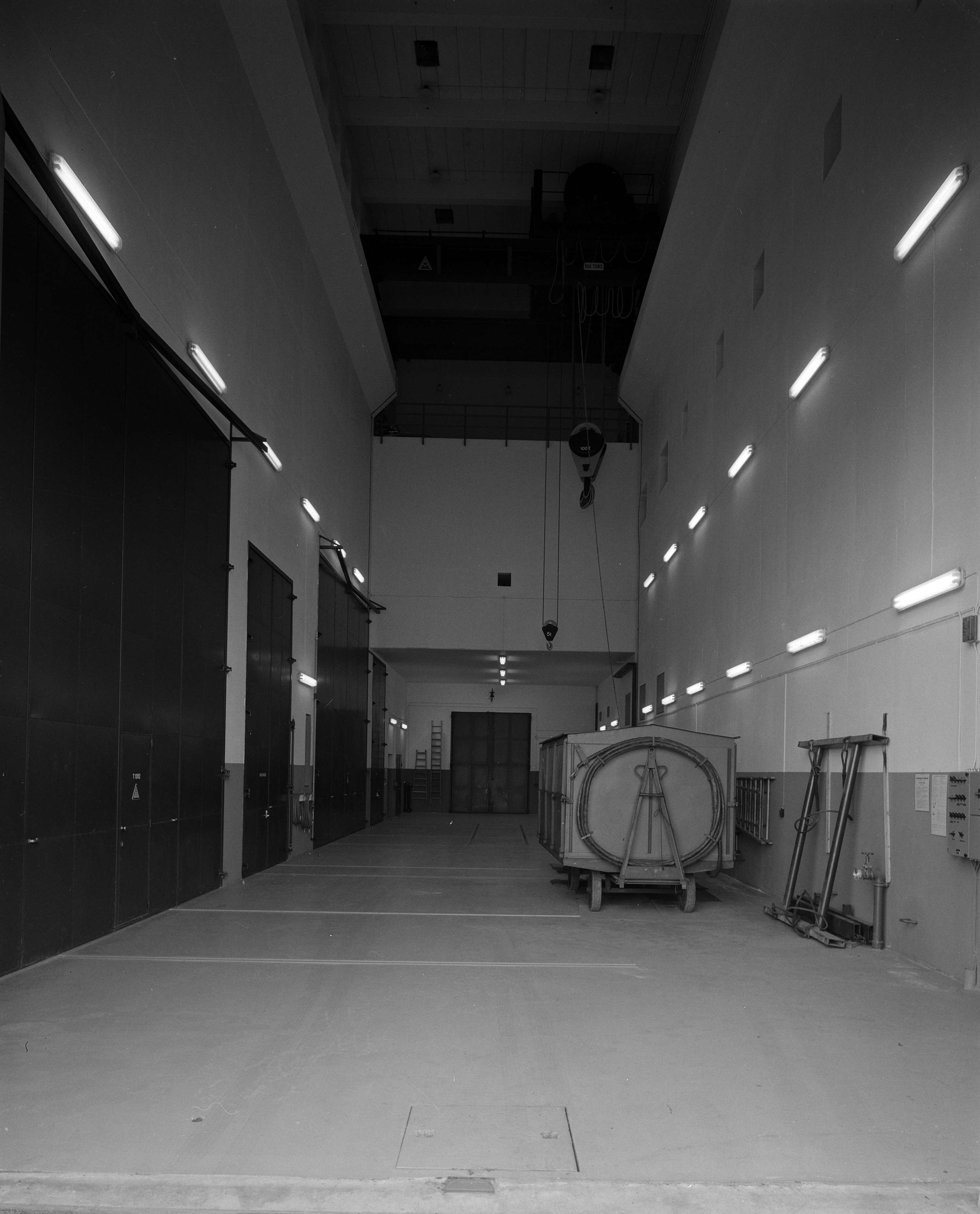
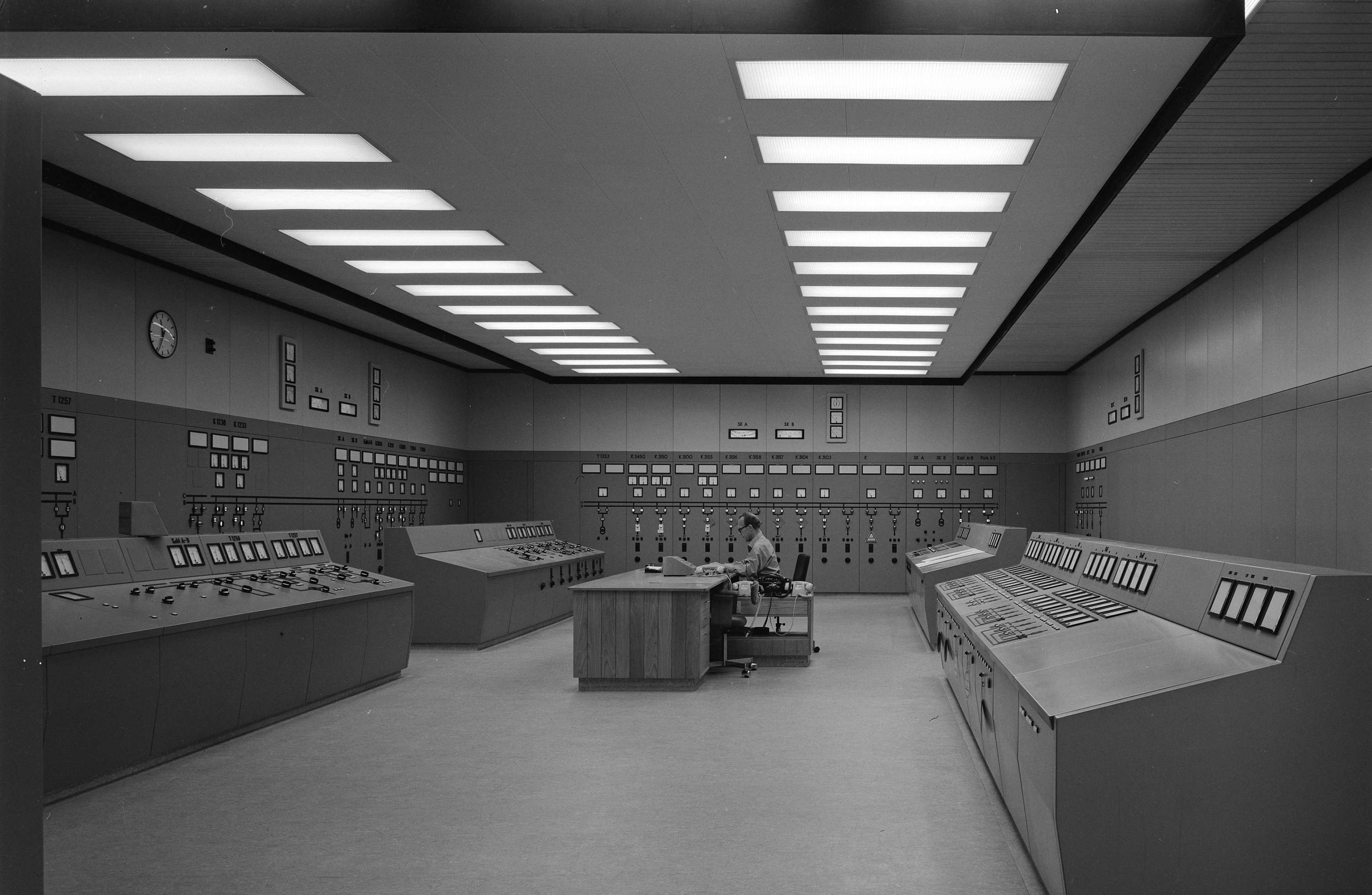
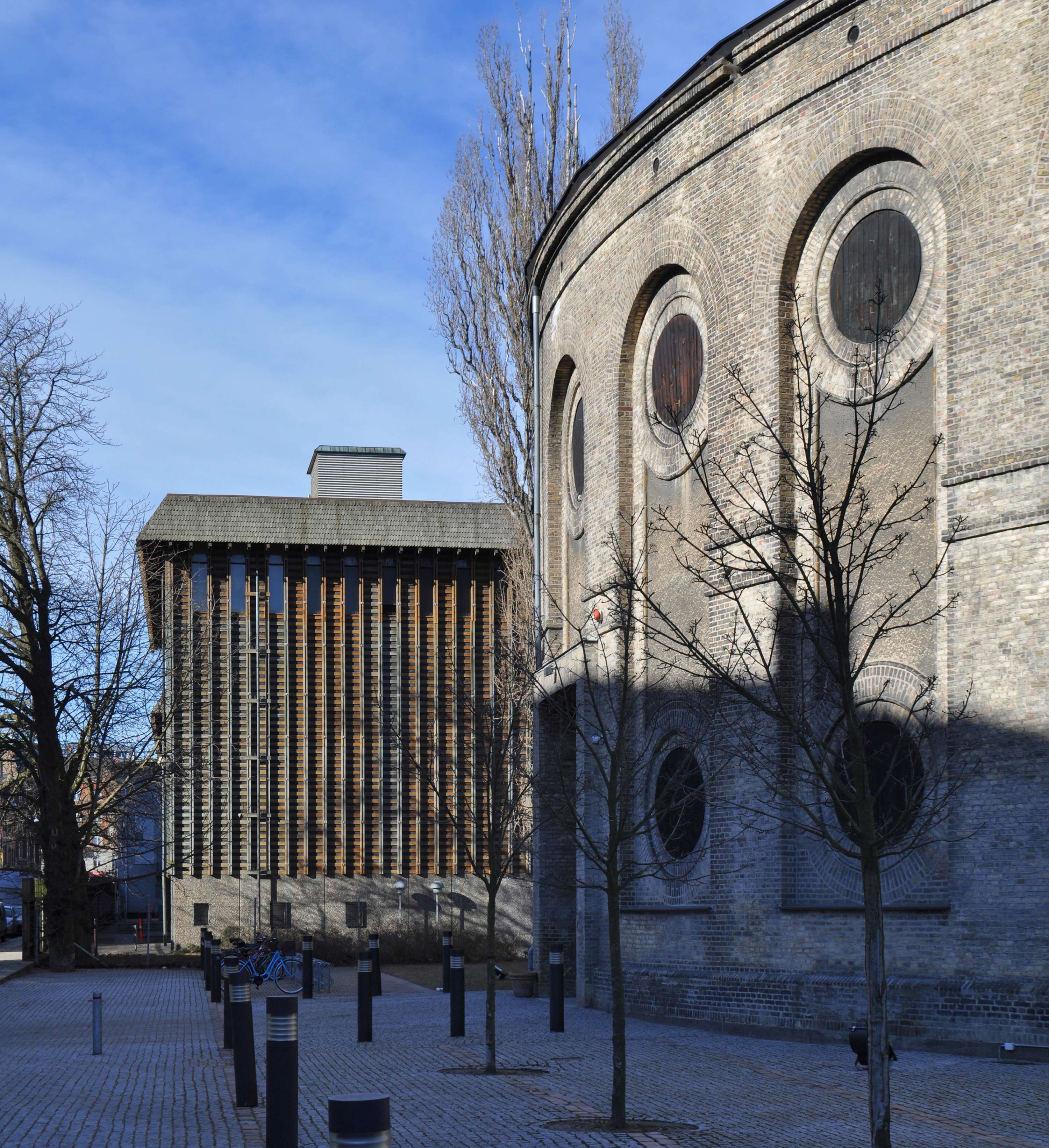
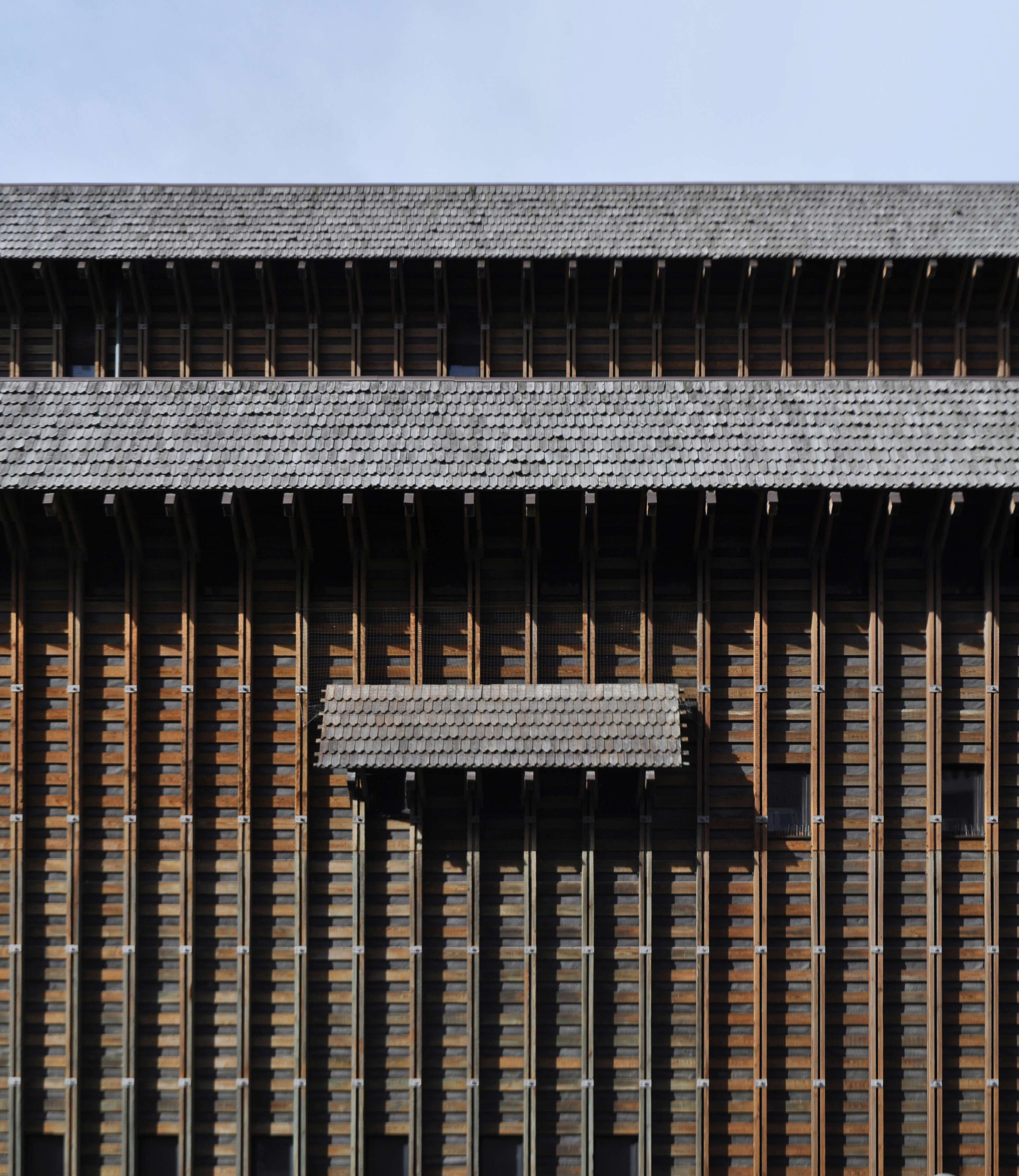
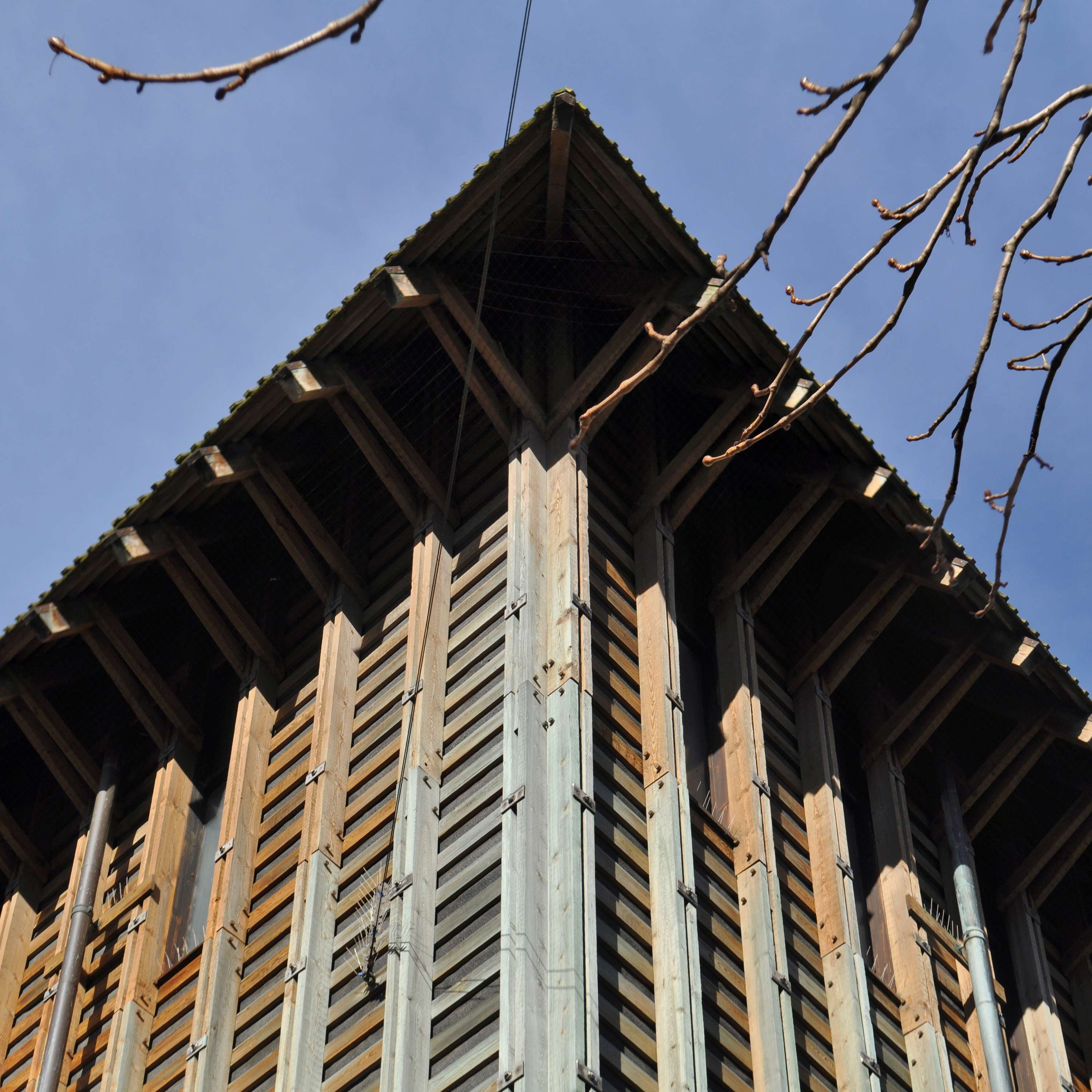
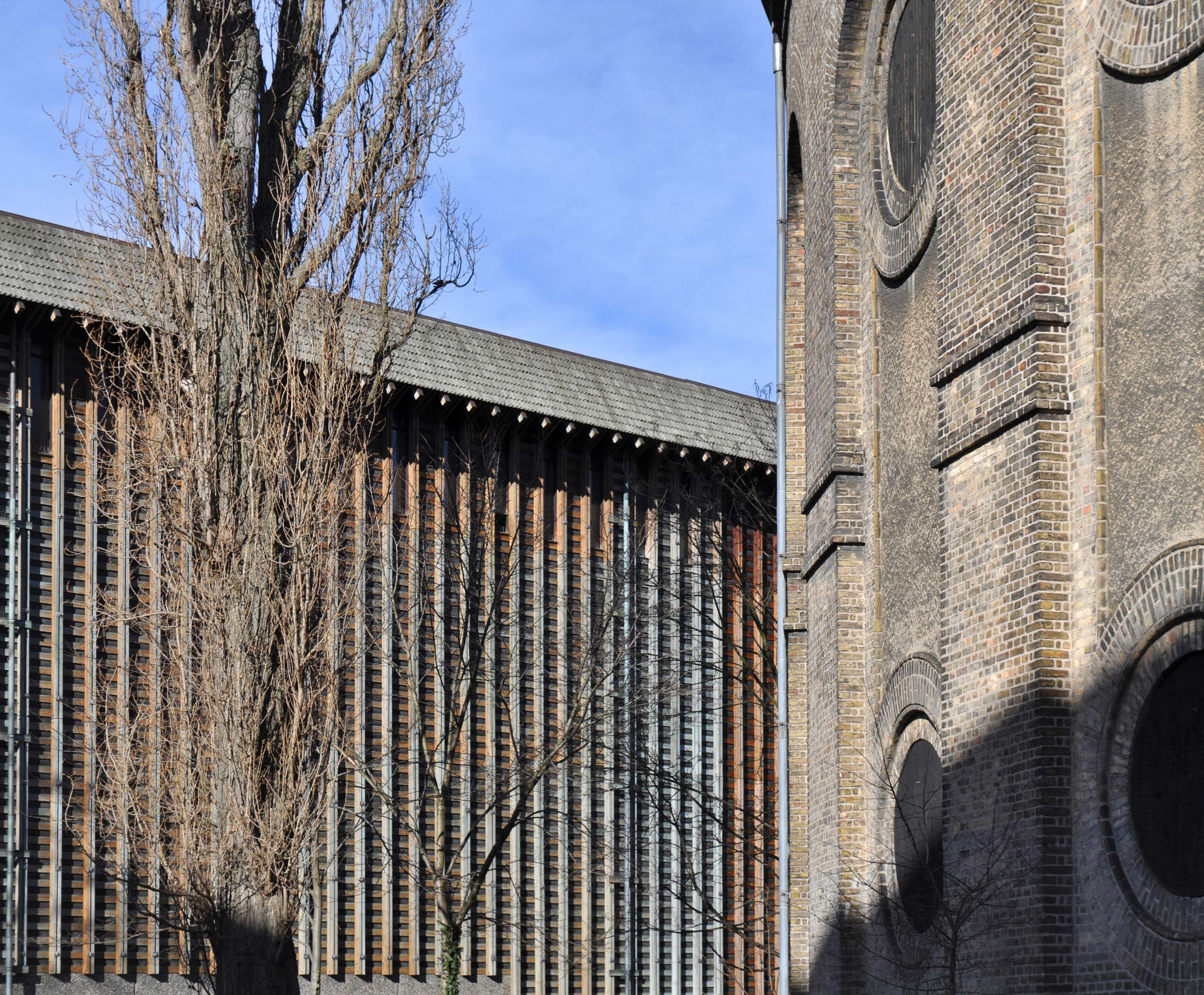
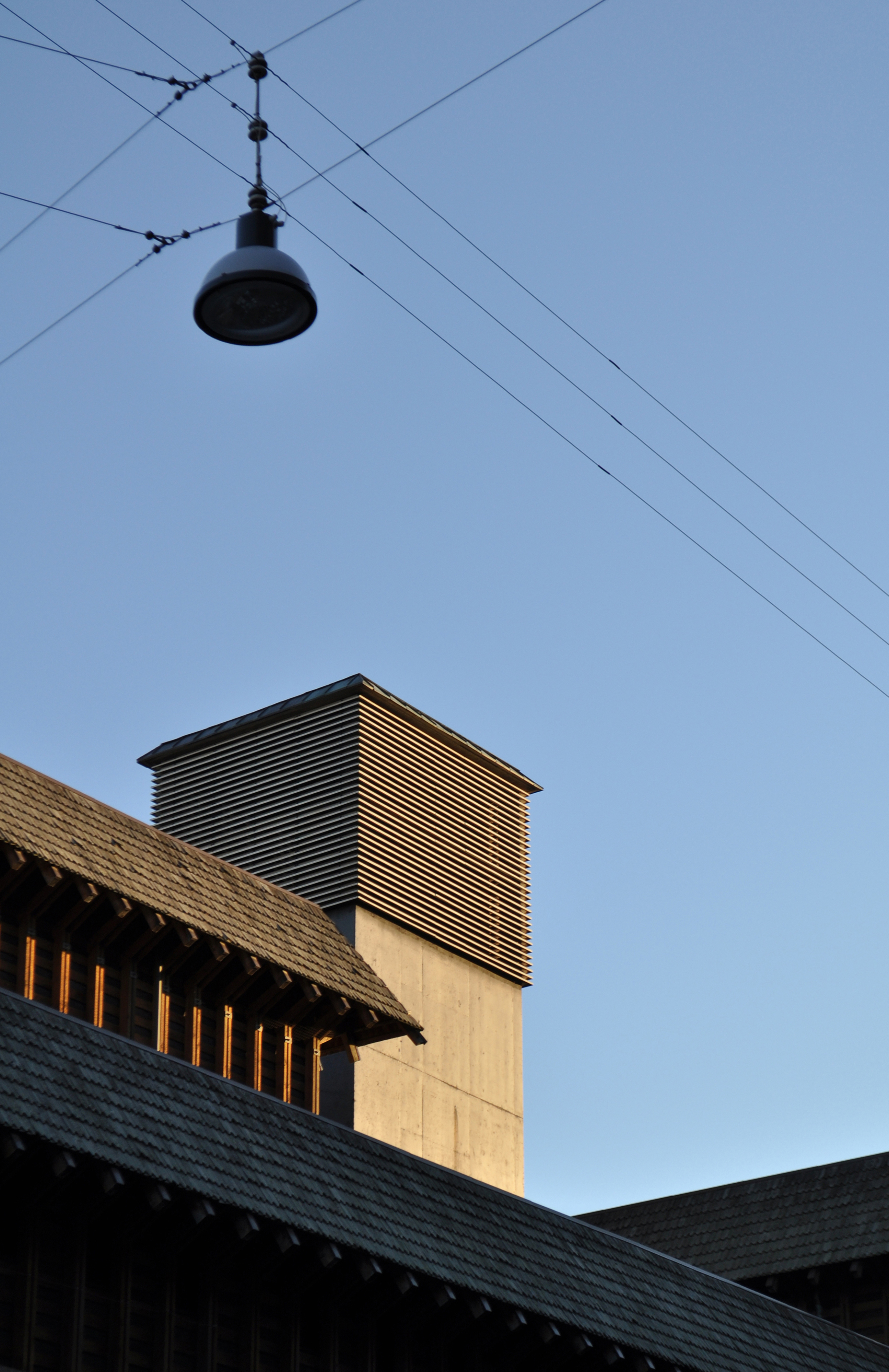
Lieu: Copenhagen, Denmark
Type: Infrastructure, Station
Collection: Det Kgl. Bibliotek
Text: Seier+Seier
Photography: Keld Helmer-Petersen - Seier+Seier
Publié: Octobre 2019
Catégorie: Architecture